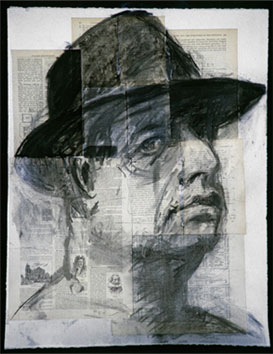
William Kentridge, one of South Africa’s most influential contemporary artists, continues to captivate global audiences with his deeply introspective and historically layered works. Known for his distinctive blend of drawing, animation, theater, and sculpture, Kentridge’s art reflects a lifelong commitment to examining the complexities of South African identity, memory, and the legacy of apartheid.
In 2025, Kentridge’s international presence remains strong with major exhibitions scheduled in both New York and the United Kingdom. His new show, A Natural History of the Studio, will open at The Museum of Modern Art in New York, offering an intimate look into the processes and philosophies that define his practice. The exhibition is structured not just around finished works, but also the tools, notes, and fragments of ideas that reveal the inner workings of Kentridge’s creative mind.
Simultaneously, The Pull of Gravity at the Yorkshire Sculpture Park in the UK delves into themes of resistance, oppression, and the passage of time. Through a combination of film installations, large-scale drawings, and performative objects, the exhibition highlights how Kentridge blurs the line between personal memory and collective history.
What sets Kentridge apart is his commitment to storytelling that resists simplification. Rather than offering clear-cut narratives, his art invites reflection and discomfort, encouraging viewers to confront the contradictions of history and the fragility of truth. Much of his work references South Africa’s difficult past, but Kentridge insists his art is not bound by geography. His visual language often in black and white, often fragmented and ephemeral speaks to universal human experiences.
Beyond gallery walls, Kentridge continues to innovate with large-scale operatic and theatrical productions. His integration of multimedia, puppetry, and performance reflects a lifelong passion for collaboration and experimentation. In every project, he brings a philosophical sensibility to the relationship between image and meaning, often asking how we come to understand the world and how memory can be both reliable and elusive.
As Kentridge approaches his 70s, his influence only grows. Younger generations of African artists cite him as a critical inspiration not just for his aesthetic style, but for his ethical commitment to confronting the past with honesty and imagination. In a global art world often driven by trends, William Kentridge’s voice remains urgent, unique, and enduringly human.

